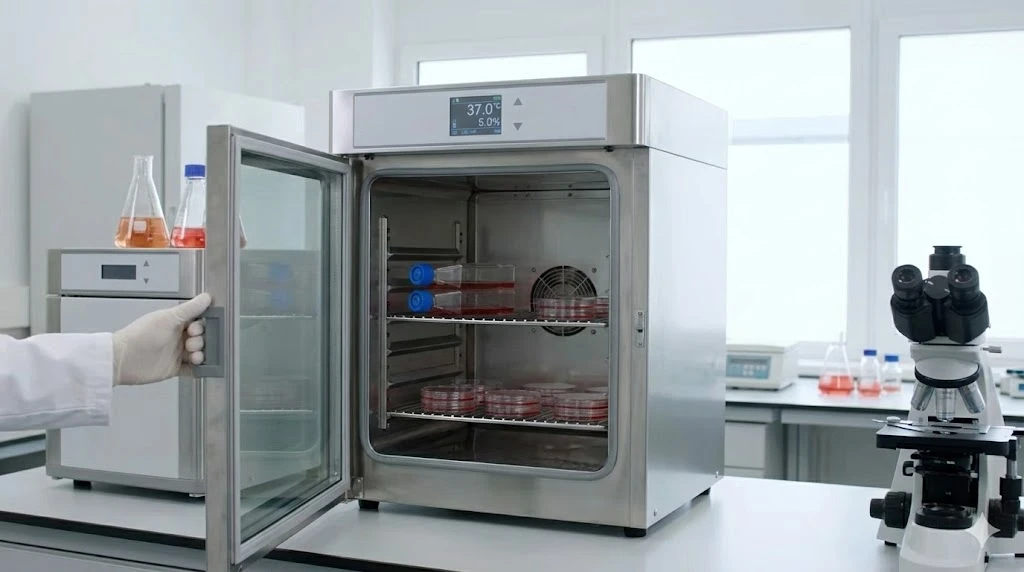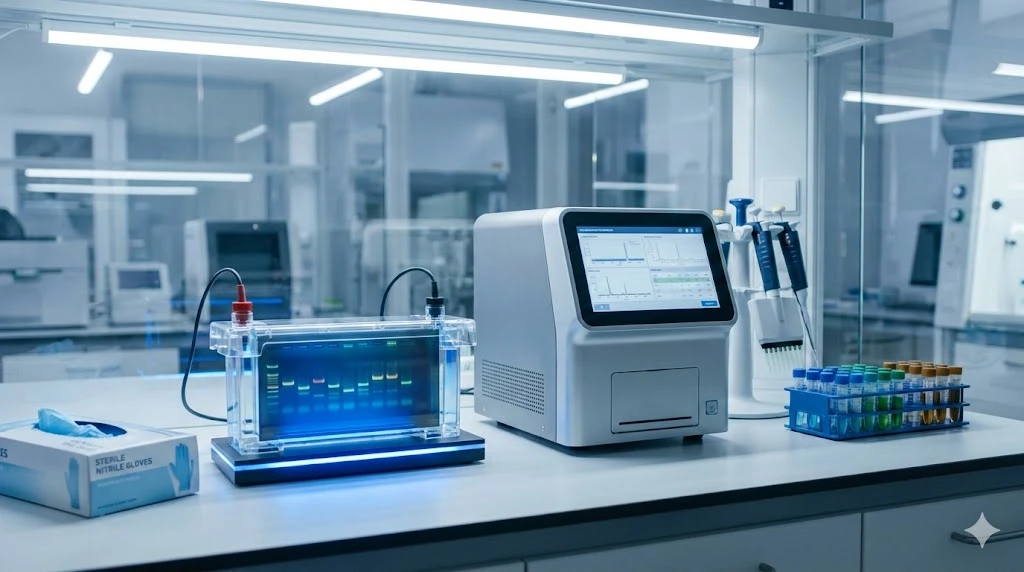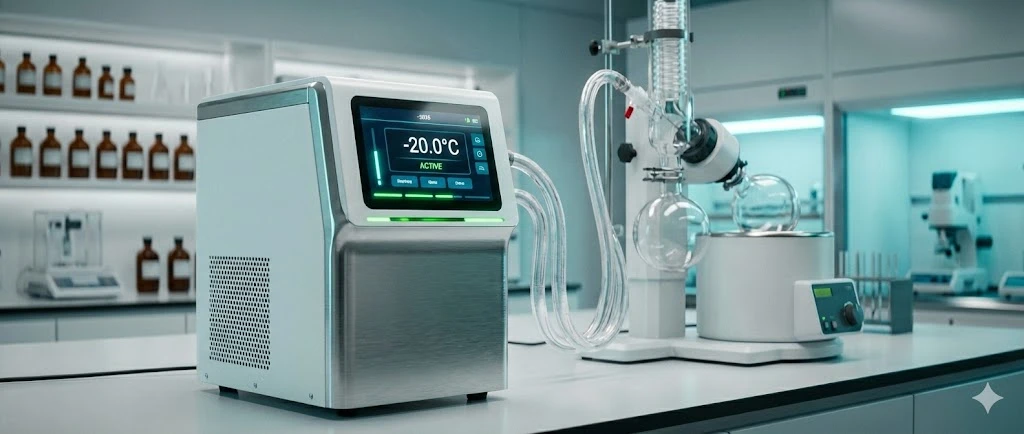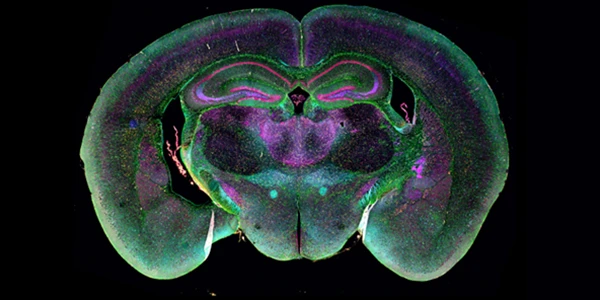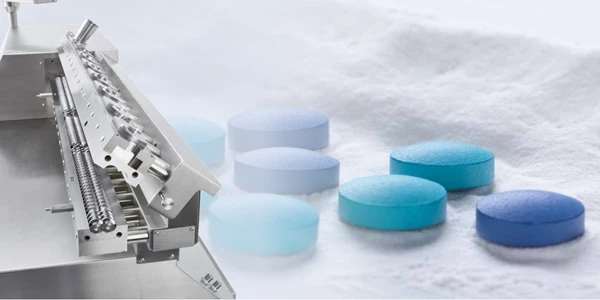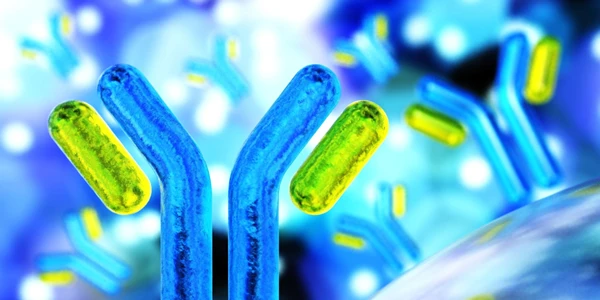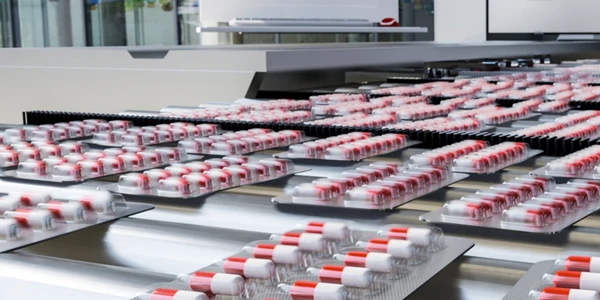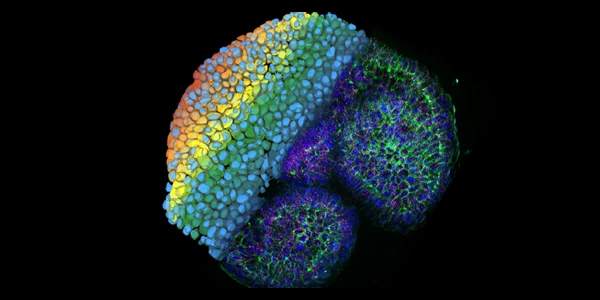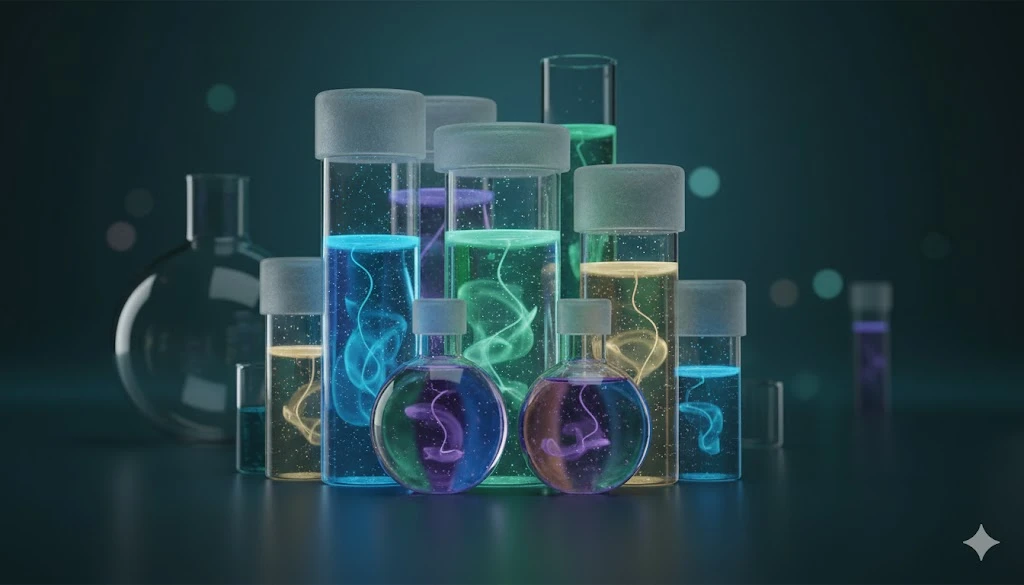A Deep Dive into Key Cannabinoids, Their Biosynthesis, and Therapeutic Impact
Cannabis offers a complex chemical profile beyond just THC and CBD. It includes: Cannabinoids: Over 100 unique compounds, including THC and CBD. Terpenes: Aromatic compounds contributing to flavor, aroma, and the "entourage effect." Flavonoids: Plant pigments with antioxidant and anti-inflammatory properties. The "entourage effect" suggests these compounds together yield a more profound therapeutic impact. This synergy highlights the importance of whole-plant extracts and comprehensive analysis. Continuous improvements in processing and analytical testing are crucial for precise composition determination and effective therapeutic applications. The journey of cannabinoids begins with Olivetol or Olivetolic acid, processed by aromatic prenyltransferase to form Cannabigerolic acid (CBGA), often called the "mother cannabinoid." From CBGA, the pathway diverges based on specific enzymes: Precursor Enzyme Resulting Acidic Cannabinoid Bioactive Form (after Decarboxylation) CBGA THCA synthase Tetrahydrocannabinolic Acid (THCA) Tetrahydrocannabinol (THC) CBGA CBDA synthase Cannabidiolic Acid (CBDA) Cannabidiol (CBD) These acidic forms (THCA and CBDA) are non-psychoactive until decarboxylation (via light or heat) converts them to bioactive THC and CBD. Enzyme expression dictates the final cannabinoid profile, influencing therapeutic potential. While THC and CBD originate from a similar biosynthetic pathway, their interactions within the human body are dramatically different, leading to distinct effects and therapeutic applications. Tetrahydrocannabinol (THC): The Primary Psychoactive Cannabinoid THC is the most abundant cannabinoid in most cannabis strains and is primarily responsible for the plant's characteristic psychoactive effects. It acts as a partial agonist for CB1 and CB2 receptors. CB1 receptors, prevalent in the brain, regulate appetite, memory, and motor responses, where THC influences neuronal activity. CB2 receptors are mainly on immune cells. THC's diverse therapeutic applications include nausea/appetite management, pain relief, sleep support, anti-inflammatory effects, and potential for neurological disorders like MS and Dementia. Cannabidiol (CBD): The Non-Psychoactive Therapeutic Powerhouse CBD is non-psychoactive, with very low affinity for CB1 or CB2 receptors. It primarily influences the endocannabinoid system indirectly, by interfering with anandamide deactivation. This modulates CB1 activation without direct binding. Beyond this, CBD offers broad therapeutic activities: modulating pain/inflammation receptors, potent antioxidant, and neuroprotective effects. Crucially, CBD avoids THC's undesirable side effects like paranoia, making it a versatile therapeutic option. Genetic lineage dictates THC/CBD concentrations, impacting a product's therapeutic profile. The distinct actions of THC and CBD underscore cannabis's complex therapeutic potential. A deeper understanding of cannabinoid molecular genetics will enable precise application of specific strains for targeted medical uses. High-quality research defining target systems and mechanisms will lead to safer, more effective therapeutics. For those in cannabis research and quality control, access to cutting-edge laboratory resources is paramount. Explore our full guide range of cannabis laboratory equipment. The journey to unlock cannabis's full medicinal promise continues. Visit LabX today to explore comprehensive cannabis laboratory resources and application solutions. What is the "entourage effect" in cannabis, and why is it important?
The "entourage effect" suggests that cannabis compounds (cannabinoids, terpenes, flavonoids) work synergistically, enhancing therapeutic benefits beyond single compounds. It's important for understanding whole-plant extract efficacy. How are THC and CBD naturally produced in the cannabis plant?
Both originate from Cannabigerolic acid (CBGA). Specific enzymes (THCA synthase, CBDA synthase) convert CBGA into acidic forms (THCA, CBDA), which then decarboxylate (via heat/light) into active THC and CBD. What are the main differences in how THC and CBD affect the human body?
THC is psychoactive, directly binding to CB1/CB2 receptors. CBD is non-psychoactive, indirectly influencing the endocannabinoid system (e.g., preventing anandamide breakdown) and interacting with other receptors, offering benefits without intoxication. Why is accurate laboratory testing crucial for cannabis products?
Accurate testing ensures product safety, quality, and consistency. It verifies cannabinoid profiles, detects contaminants, and ensures regulatory compliance, vital for therapeutic efficacy and consumer trust.
The Cannabis Chemical Tapestry: Beyond THC and CBD
Decoding Cannabinoid Biosynthesis: From Plant to Potency
THC vs. CBD: Distinct Pathways, Diverse Therapeutic Effects
Advancing Cannabis Science: The Future of Therapeutic Development
Frequently Asked Questions
